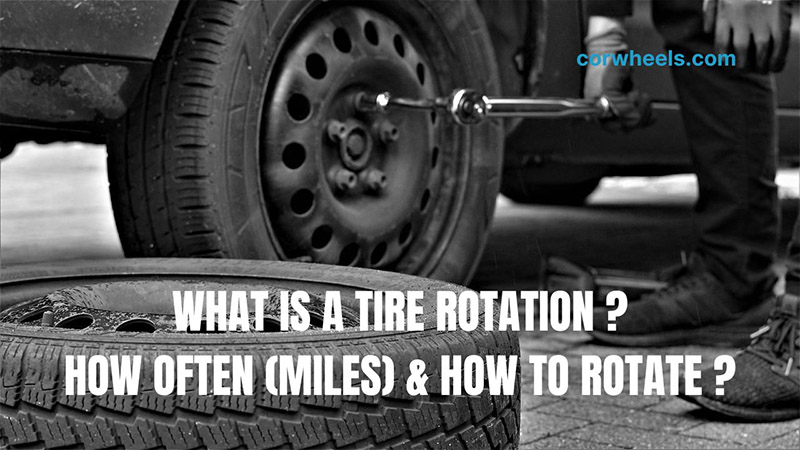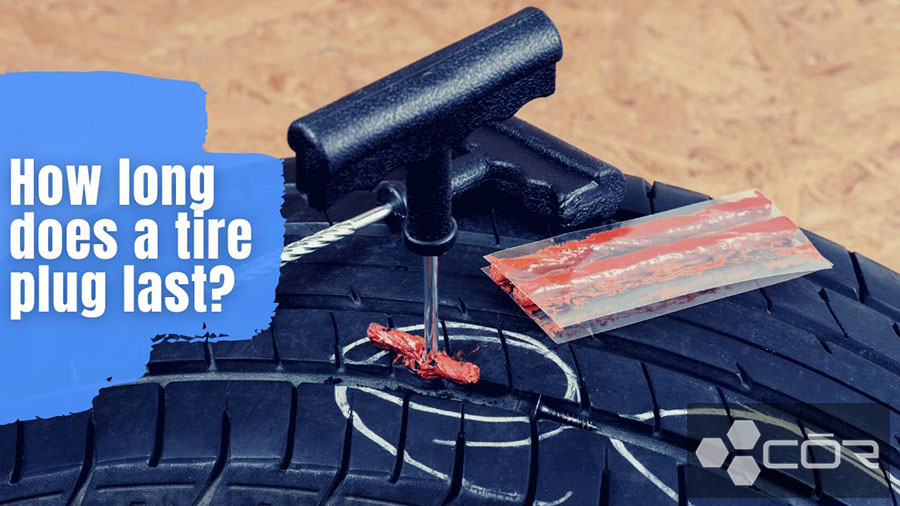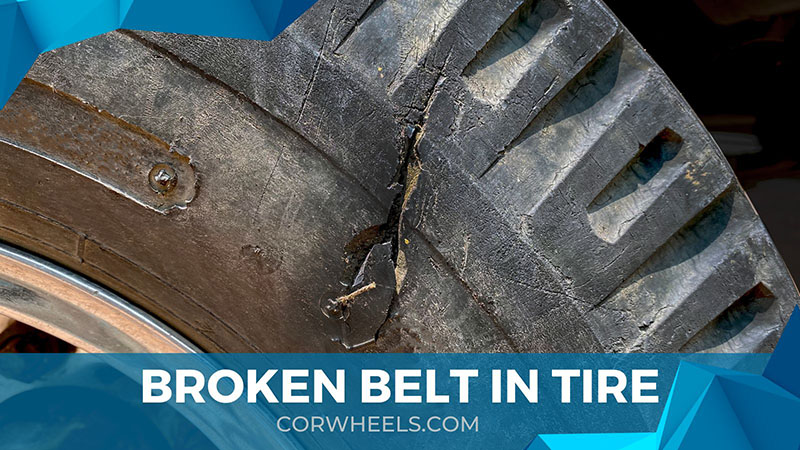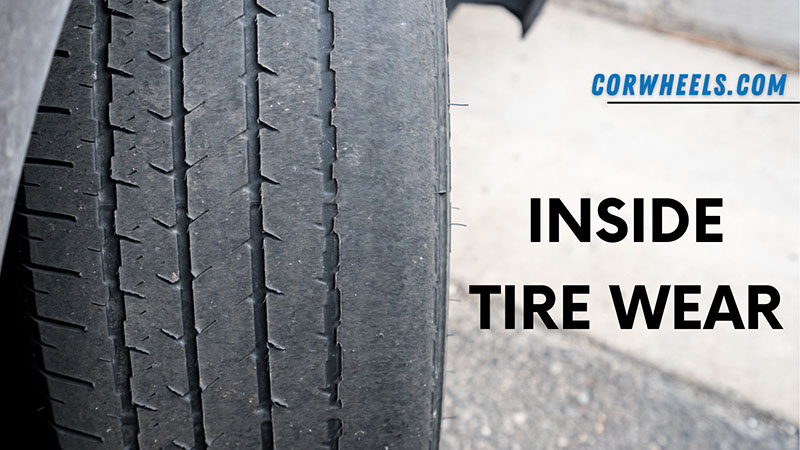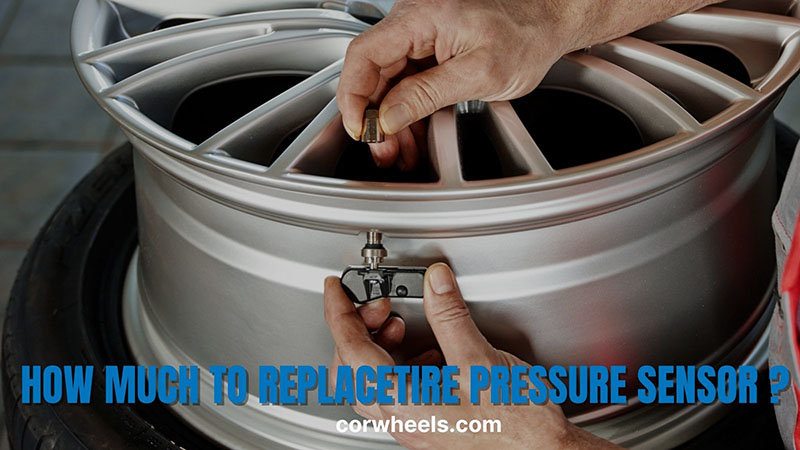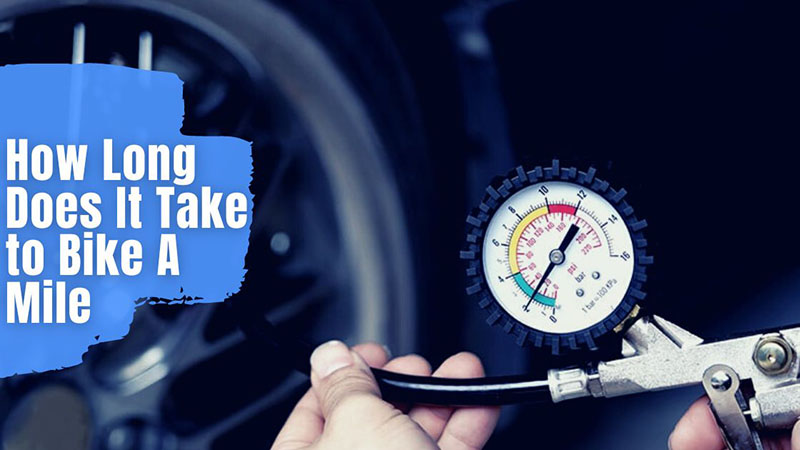Having your tires rotated regularly is among the most critical maintenance tasks. My old Jeep has been traveling around America for decades without any defect symptoms, all thanks to even tread wear and peak-condition tires.
Yet, some drivers don’t even have the faintest idea of how to rotate tires – or what tire rotation even means. At least it’s not too late now; our insightful guides will tell you all there is to know in an instant. Keep scrolling for tips on 4×4 tire rotation.
In this article:
What Is A Tire Rotation?
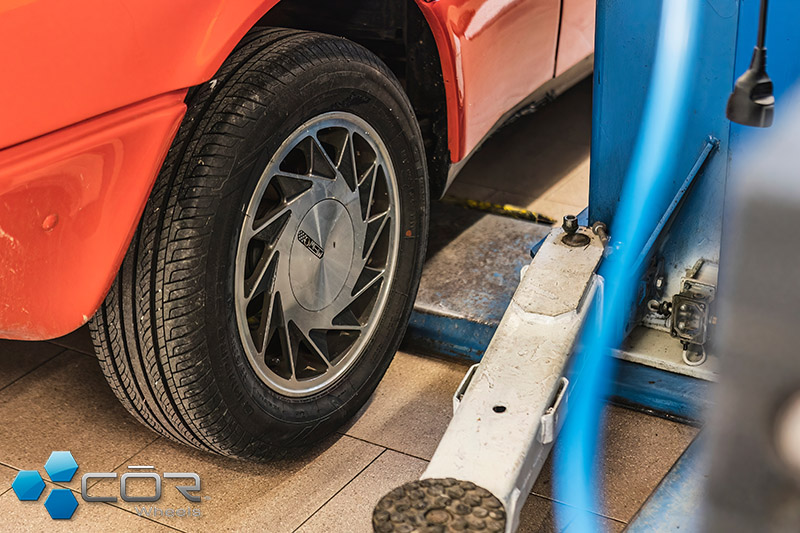
The concept of tire rotation is straightforward: moving one tire from its current position to another, manifesting a new tire arrangement significantly different from the original.
Each vehicle type has its respective rotation pattern: back to front (or vice versa), side to side, or sometimes a combination of both – a topic I will gladly return to in the next few sections.
So why is tire rotation even needed in the first place? Simple: it’s to ensure the tire wear is even. I myself wasn’t aware of this issue when buying my very first car; however, a hundred miles traveling on the road has opened my eyes to these critical phenomena:
- Front tires wear down faster than rear tires due to heavier workloads
- Left tires/outer edges break more easily than right tires, as they have more frequent contact with the road surfaces.
That’s why the four tires – despite their similar sizes upon first distribution – will no longer stay uniform as time goes on. And can you imagine what it would be like to keep droning on the street on mismatched tires with uneven wear? The perfect formula for disasters!
What Are Tire Rotation Benefits?
At this point, I think you could have already guessed the benefits of regular tire rotations based on my overview above. It doesn’t hurt to go through a quick summary, though:
Smoother Ride
Driving is all about fun and comfort. What’s the point of a picnic trip or camping tour if the car keeps shaking and vibrating on the way?
And not just that; even something as bland as “going to work” will sound much more motivating if the entire ride is smooth from beginning to end. Thanks to these well-rotated tires, every trip from home to the workplace has become something I look forward to each morning.
Longer Tire Lifespan

As previously mentioned, premature wear is something to be expected for misaligned tires, which significantly cuts off their tread life. With proper servicing, the tires can last longer on the road, serving you for another few years – or even decades – to come!
And let me tell you: rotation services are not usually performed separately. Whenever I drop by the auto shop, technicians will take some time to check for traction, transmission, and other potential tire defects. The tire is polished all through, sustaining its peak condition!
More Road Safety
Obvious as it is. Properly rotated tires ensure maximum and equal grip for ALL four tires, keeping your car tight on the road.
Last year, I managed to slip through a near-death accident 30 minutes after my tire rotation. Imagine I put off the tire rotation service schedule one or two days later; there would be no one sitting here writing this article for you to read!
Cost-Saving
Well-maintained tires perform well all year round, so you don’t have to spend too much on tire replacements or component fixes.
And even if something goes astray, on-time diagnoses mean the repair costs will be very low. My family spends less than $200 per year!
What Are Some Common Rotation Patterns?
Suppose the original arrangement is like this:
| Tire-1 | Tire-2 |
| Tire-3 | Tire-4 |
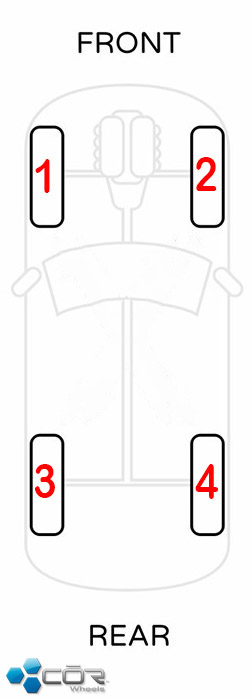
Let’s dig deeper into the rotation patterns. Other rarer variants might be available, but still, here are the most common directions I have seen to date:
For FWD (front-wheel drive vehicles):
Alternative X patterns:
- Tire-1 and Tire-4 swap places
- Tire-2 and Tire-3 swap places
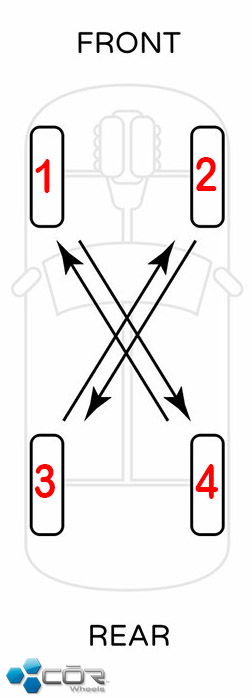
Forward-cross patterns:
- Tire-1 becomes Tire-3
- Tire-3 => Tire-2
- Tire-2 => Tire-4
- Tire-4 => Tire-1
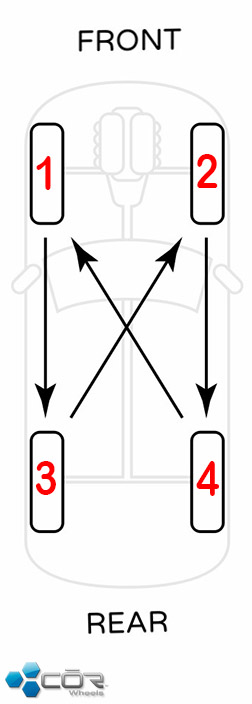
For RWD (rear-wheel drive vehicle) or 4WD and AWD (all-wheel drive vehicles):
Use alternative X (like for FWD vehicles above) or rearward cross patterns as below:
Alternative X patterns:
- Tire-1 and Tire-4 swap places
- Tire-2 and Tire-3 swap places

Rearward-cross patterns:
- Tire-1 becomes Tire-4
- Tire-4 => Tire-2
- Tire-2 => Tire-3
- Tire-3 => Tire-1
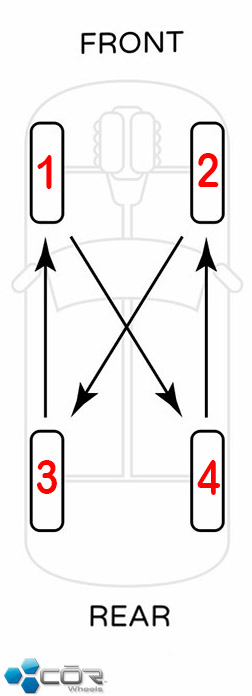
For Directional Tires/Wheels of Similar Sizes:
Use the front-to-rear pattern:
- Tire-1 and Tire-3 swap places
- Tire-2 and Tire-4 swap places
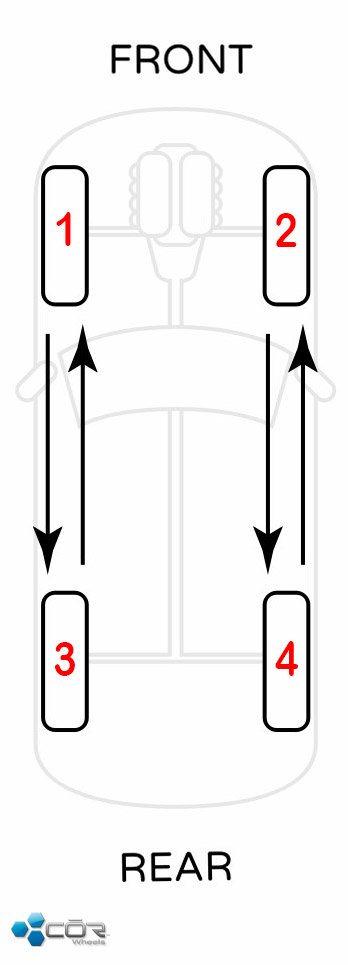
For Non-Directional Wheels And Tires of Different Sizes:
Use side-to-side pattern:
- Tire-1 and Tire-2 swap places
- Tire-3 and Tire-4 swap places
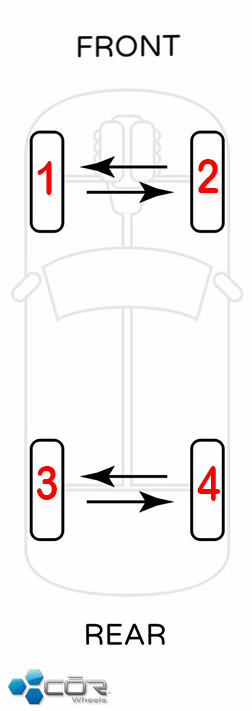
Plus, extra rebalancing and mounting/dismounting are required for a proper rotation, since these tires do not have the same dimensions.
For Cars With Full-Size Spares (Not Donuts or Compact Spares)
It would be best to include your spare tire in the car rotation. My favorite patterns are:
FWD: Use Forward-Cross Patterns
- Tire-2 (the spare) => Tire-4
- Tire-4 => Tire-1
- Tire-1 => Tire-3
- Tire-3 => Tire-2

RWD or 4WD: Use Rearward-Cross Patterns
- Tire-1 (the spare) => Tire-4
- Tire-4 => Tire-2
- Tire-2 => Tire-3
- Tire-3 => Tire-1

How Often Should Tires Be Rotated? How Many Miles?
Regardless of your car model, an interval of every 5,000 miles to 7,000 miles will do you good.
But in case your schedule does not have room for a quick rotation, then stretching to 7,500 miles is acceptable; I often do so in months when my timetable gets more hectic than usual, and the Jeep doesn’t experience any notable tire failure thus far.
How Much Does Tire Rotation Cost?
The general price range fluctuates from around $20 to $40. A look at some of the most common services will give you a more comprehensive overview:
| Brand | Price (per tire) |
| Firestone | $20 (free for Firestone tires) |
| Pep Boys | $14.99 (free for tires bought at Pep Boys) |
| Discount Tires | $22 (free for Discount tires) |
| Valvoline | $24.99 |
| Costco | $18 – $27 |
| Walmart | $10 |
| Jiffy Lube | $40 |
How Long Does A Tire Rotation Take? Can You Rotate Tires On Your Own?
Tire rotations take 20 minutes to about one hour. Of course, one can also do rotations at home; but for someone with barely any technical skills, the entire process is both painful and a waste of time.
So if you don’t have that much confidence in your expertise, trusting professionals to handle the job is actually the smarter way to go about it.
Conclusion
I hope you have been clear about what tire rotations entail and common patterns to ensure even tread depth. Although any local service center around your neighborhood can handle other technical questions just fine, feel free to reach out to me if you want immediate answers at zero cost.

